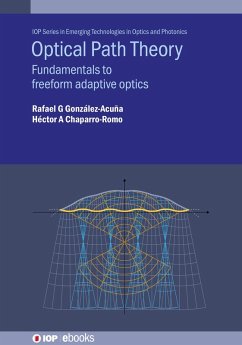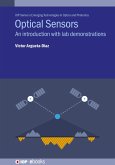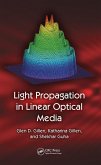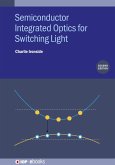This book is mostly based in an equation that was recently published. The equation is the general formula for adaptive optics mirrors, which was published in January 2021 - General mirror formula for adaptive optics, Applied Optics 60(2). The book addresses the introductory topics, the solution (general formula for adaptive optics mirrors), the implications, and the potential applications.
Optical Path Theory: Fundamentals to freeform adaptive optics focuses on the potential to find analytical close form solutions using optical path theory to solve and design adaptive optics systems, with a thorough introduction to the subject. The book moves into exploring optical systems in the plane. Step-by-step equations provide each of these systems to plot their waves, emphasising the mathematical derivations.
With a mathematical presentation of concepts, this book is complete with details, problems, solutions, and a multitude of useful examples. Ideal for graduates in optics.
Key Features
. Provides an introduction of the three main axioms implemented in optical path theory
. Includes worked examples and problems in each chapter
. Presents codes and algorithms
. Details the physical concepts and mathematical tools needed to understand eikonal and the closed form solution of stigmatic optical systems
. Contains Mathematica throughout.
Optical Path Theory: Fundamentals to freeform adaptive optics focuses on the potential to find analytical close form solutions using optical path theory to solve and design adaptive optics systems, with a thorough introduction to the subject. The book moves into exploring optical systems in the plane. Step-by-step equations provide each of these systems to plot their waves, emphasising the mathematical derivations.
With a mathematical presentation of concepts, this book is complete with details, problems, solutions, and a multitude of useful examples. Ideal for graduates in optics.
Key Features
. Provides an introduction of the three main axioms implemented in optical path theory
. Includes worked examples and problems in each chapter
. Presents codes and algorithms
. Details the physical concepts and mathematical tools needed to understand eikonal and the closed form solution of stigmatic optical systems
. Contains Mathematica throughout.
Dieser Download kann aus rechtlichen Gründen nur mit Rechnungsadresse in A, D ausgeliefert werden.









